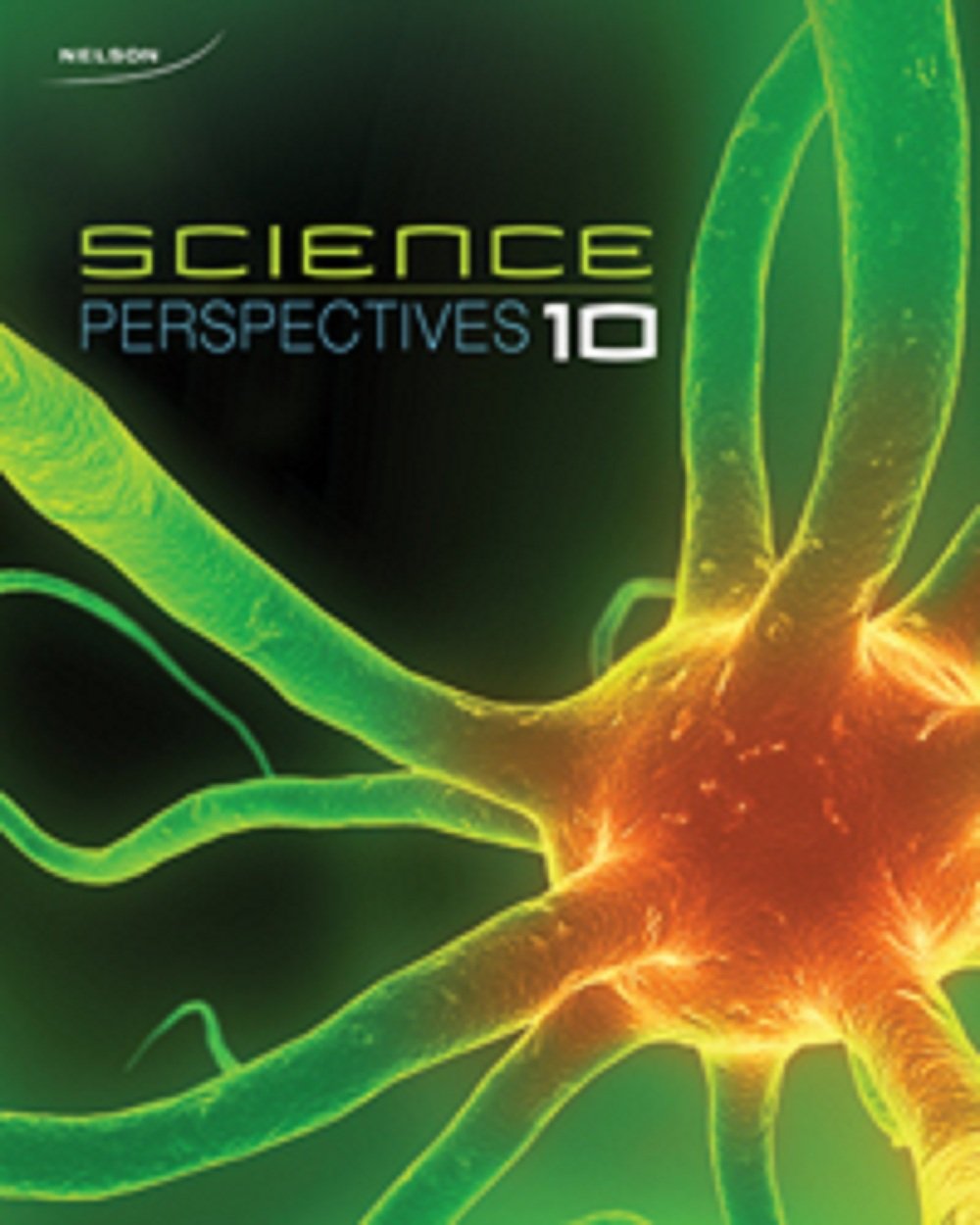
All Solutions
Section 12-4: The Index of Refraction
$$
v=2.3times10^8
$$
$$
c=3times10^8
$$
$$
n=dfrac{c}{v}
$$
Substitute values:
$$
n=dfrac{3times10^8}{2.3times10^8}
$$
Evaluate:
$$
n=dfrac{3}{2.3}=1.3043
$$
Index of refraction of vinegar is 1.3043.
$$
v=1.69times10^8
$$
$$
c=3times10^8
$$
$$
n=dfrac{c}{v}
$$
Substitute values:
$$
n=dfrac{3times10^8}{1.69times10^8}
$$
Evaluate:
$$
n=dfrac{3}{1.69}=1.775
$$
Index of refraction of sapphire is 1.775
Data:
$$
n_{Quartz}=1.46
$$
$$
c=3times10^8
$$
$$
n=dfrac{c}{v}
$$
Rearrange to solve for $v$:
$$
v=dfrac{c}{n}
$$
Substitute values:
$$
v=dfrac{3times10^8}{1.46}
$$
Evaluate:
$$
v=2.055times10^8
$$
Speed of light in quartz is $2.055times10^8$ m/s.
Data:
$$
n_{Diamond}=2.42
$$
$$
c=3times10^8
$$
$$
n=dfrac{c}{v}
$$
Rearrange to solve for $v$:
$$
v=dfrac{c}{n}
$$
Substitute values:
$$
v=dfrac{3times10^8}{2.42}
$$
Evaluate:
$$
v=1.23times10^8
$$
Speed of light in diamond is $1.23times10^8$ m/s.
b. Speed of light in diamond is $1.23times10^8$ m/s.
$$
n_{Solution}=1.49
$$
$$
c=3times10^8
$$
$$
n=dfrac{c}{v}
$$
Rearrange to solve for $v$:
$$
v=dfrac{c}{n}
$$
Substitute values:
$$
v=dfrac{3times10^8}{1.49}
$$
Evaluate:
$$
v=2.013times10^8
$$
Speed of light in 80$%$ sugar solution is $2.013times10^8$ m/s.
$$
n_{Acetone}=1.36
$$
$$
c=3times10^8
$$
$$
n=dfrac{c}{v}
$$
Rearrange to solve for $v$:
$$
v=dfrac{c}{n}
$$
Substitute values:
$$
v=dfrac{3times10^8}{1.36}
$$
Evaluate:
$$
v=2.206times10^8
$$
Speed of light in acetone is $2.206times10^8$ m/s.
$$
v=2.2times10^8
$$
$$
c=3times10^8
$$
Formula of $n$:
$$
n=dfrac{c}{v}
$$
Substitute values:
$$
n=dfrac{3times10^8}{2.2times10^8}
$$
Evaluate:
$$
n=dfrac{3}{2.2}=1.bar3bar6
$$
Index of refraction of this substance is $1.bar3bar6$
b. This is ethyl alcohol.

